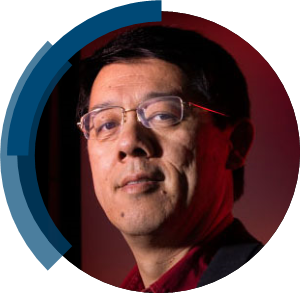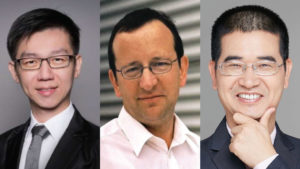Nanomedicine Unlocks Novel Cancer Vaccine with a Dual Immunogenic Effect
An infographic highlighting nanoprodrug-based in situ cancer vaccines
We would like to share an infographic highlighting the excellent work by Ping’an Ma, Jun Lin et al. on a strategy to develop in situ cancer vaccines via dual immunogenic cell death induced by amorphous iron oxide-packaged oxaliplatin nanoprodrugs! Check out the infographic below to learn more or get the full story from their Nanoscale article.
Tumor microenvironment-triggered in situ cancer vaccines inducing dual immunogenic cell death for elevated antitumor and antimetastatic therapy
Binbin Ding, Pan Zheng, Dong Li, Meifang Wang, Fan Jiang, Zhanfeng Wang, Ping’an Ma and Jun Lin
Nanoscale, 2021, DOI: 10.1039/D1NR02018H
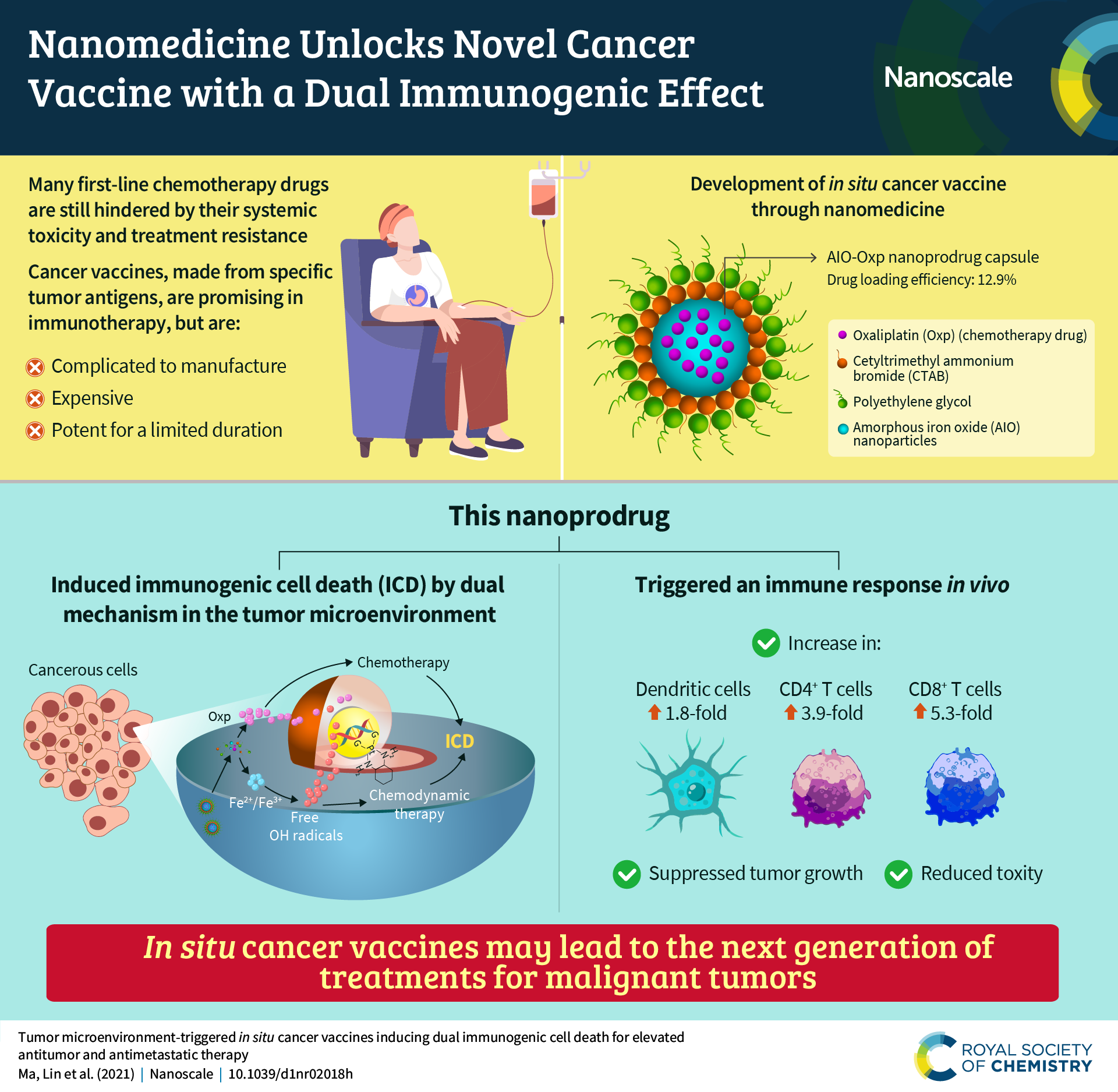
Meet the authors
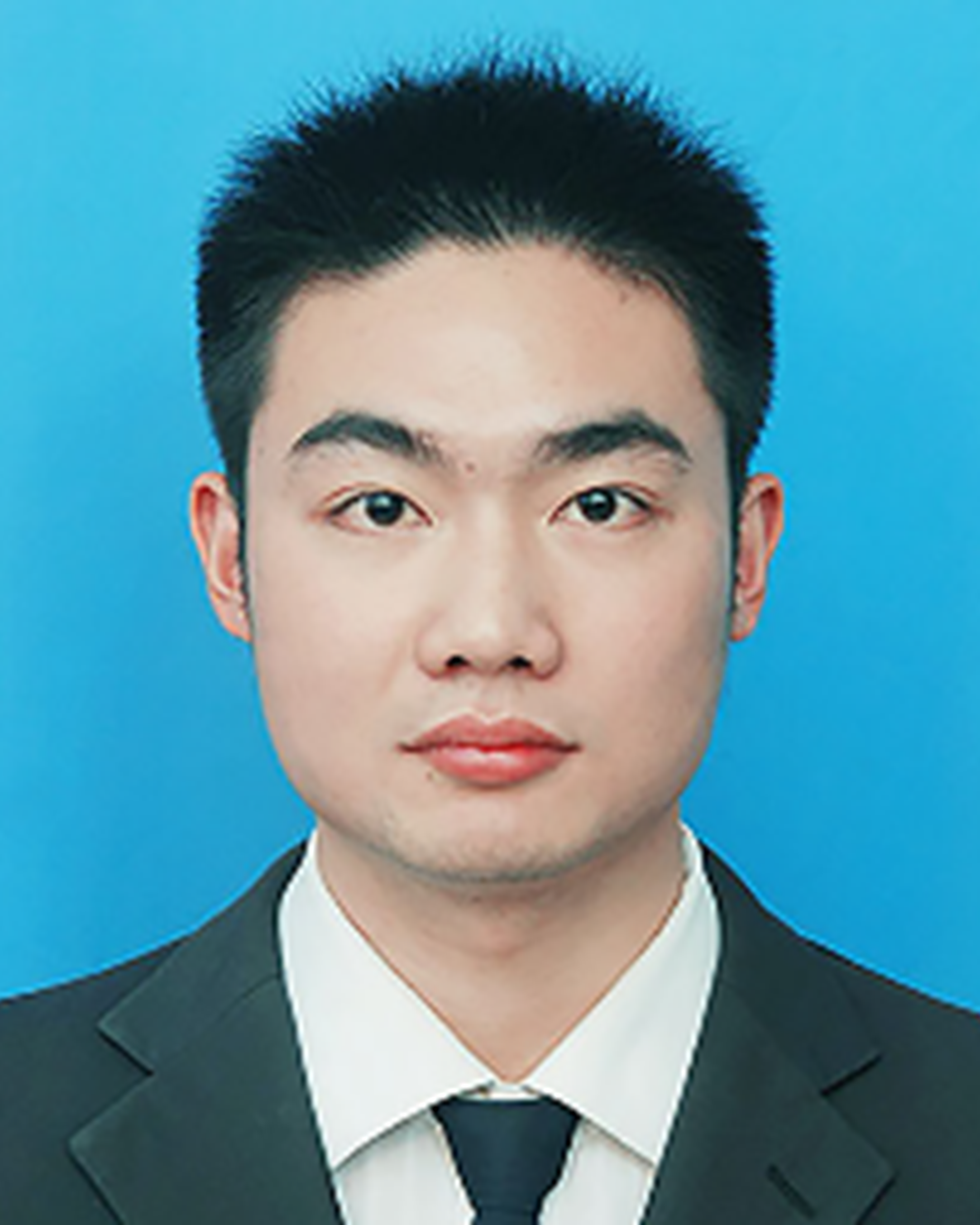 |
Binbin Ding (丁彬彬)
Binbin Ding (丁彬彬) was born in Anhui, China, in 1991. He received his B.S. degree (2015) in Pharmaceutical Engineering from Hefei University of Technology, and his Ph.D. degree (2020) in Inorganic Chemistry under the guidance of Prof. Jun Lin at Changchun Institute of Applied Chemistry, Chinese Academy of Sciences. After graduation, he became an Assistant Professor in Prof. Jun Lin’s group. Now as the first author, he has published over 10 of papers in Adv. Mater., Angew. Chem. Int. Ed., Nano Lett., Chem. Mater., Nanoscale, etc. His current research focuses on the synthesis and bioapplications of nanoadjuvants. |
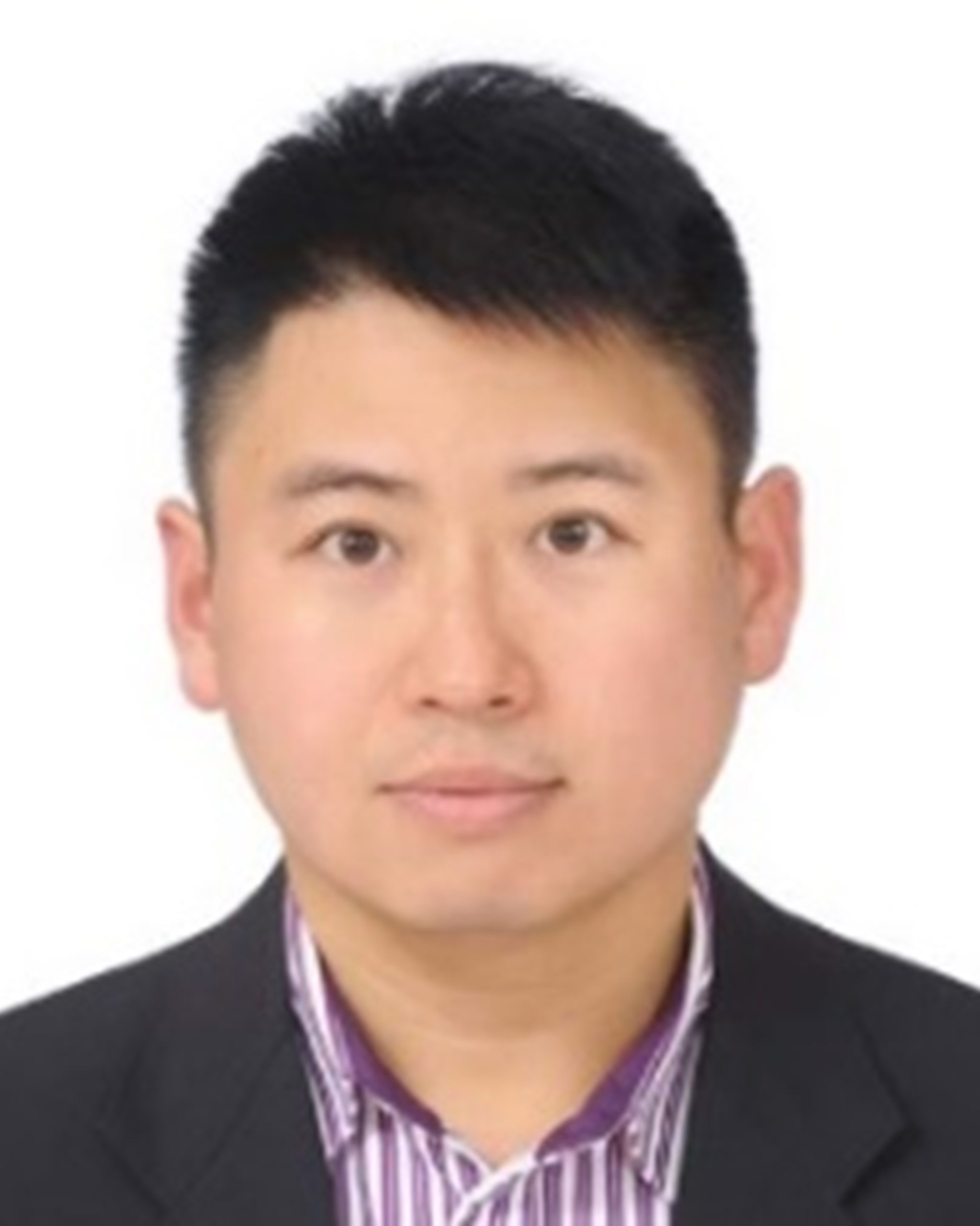 |
Ping’an Ma (马平安)
Ping’an Ma (马平安) was born in Jilin, China, in 1982. He received his B.S. degree in Biology in 2005 at Northeast Normal University, and his Ph.D. degree in Biochemistry in 2010 at Northeast Normal University. After graduation, he became an Assistant Professor in Prof. Jun Lin’s group and was promoted to Professor in 2020. Now he as the first author or corresponding author has published over 40 of papers in Adv. Mater., J. Am. Chem. Soc., Angew. Chem. Int. Ed., Mater. Today, Nano Lett., Adv. Sci., Biomaterials, Chem. Mater., Small, Nanoscale, etc. His research focuses on the synthesis and application of multifunctional inorganic nanoparticles for bioapplication, particularly the design and mechanism of platinum-based anticancer drugs. |
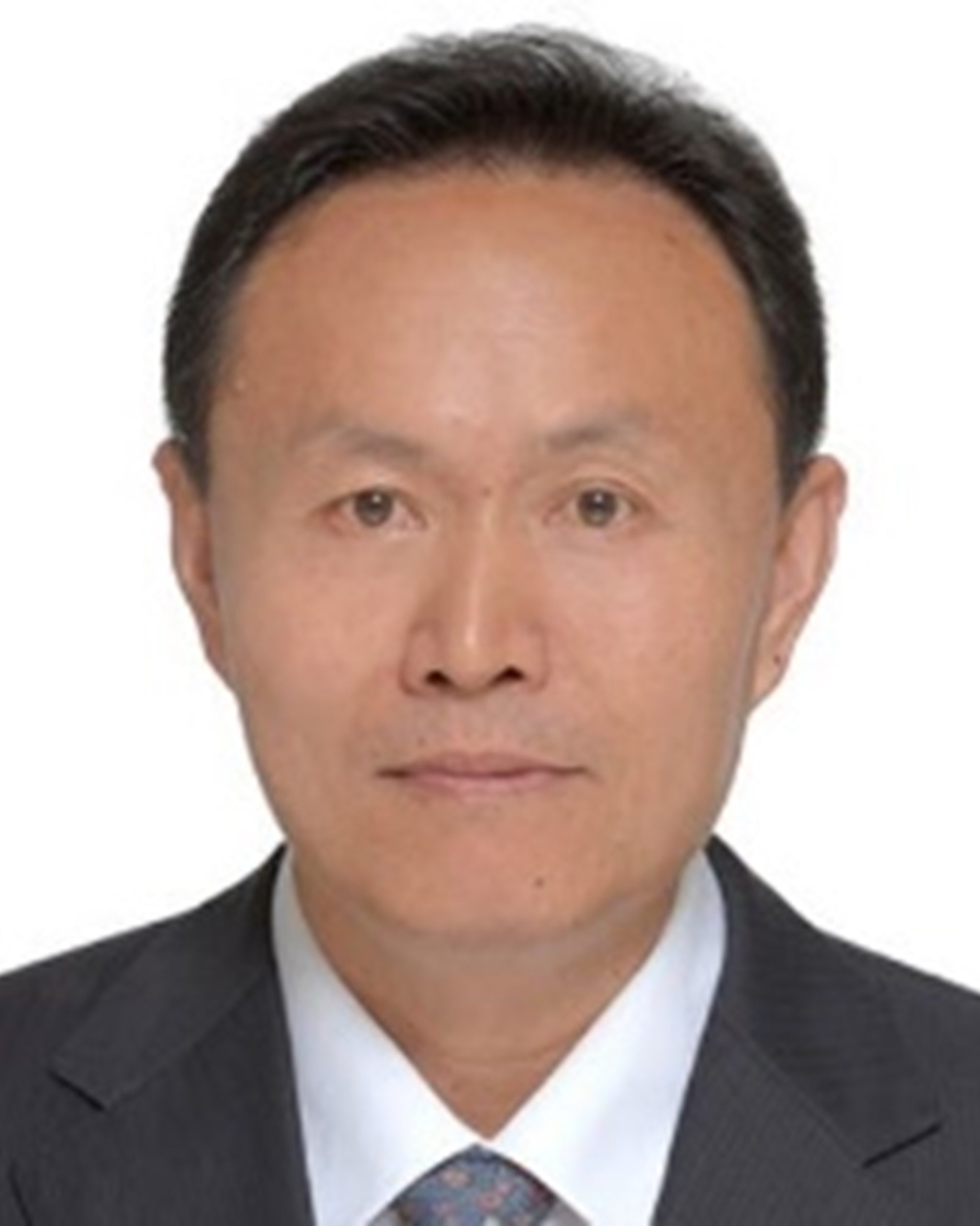 |
Jun Lin (林君)
Jun Lin (林君) was born in Changchun, China, in 1966. He received B.S. and M.S. degrees in Jilin University, and a Ph.D. degree in Changchun Institute of Applied Chemistry (1995). His postdoctoral studies were performed at the City University of Hong Kong (1996), Institute of New Materials (Germany, 1997), Virginia Commonwealth University (USA, 1998), and University of New Orleans (USA, 1999). He has been working as a Professor at CIAC since 2000. His research interests include bulk- and nanostructured luminescent materials and multifunctional composite materials, together with their applications in display, lighting, and biomedical fields. So far he has published more than 700 peer-reviewed journal articles, such as Chem. Rev., Chem. Soc. Rev., Mater. Today, Nano Today, J. Am. Chem. Soc., Adv. Mater., Angew. Chem. Int. Ed., Nat. Commun., Coord. Chem. Rev., Adv. Funct. Mater., ACS Nano, Biomaterials, Chem. Mater., Small, Nanoscale etc. (over 100 papers with IF > 10), and these articles have totally been cited over 55000 times by others with a personal H index of 124 (Google Scholar). |











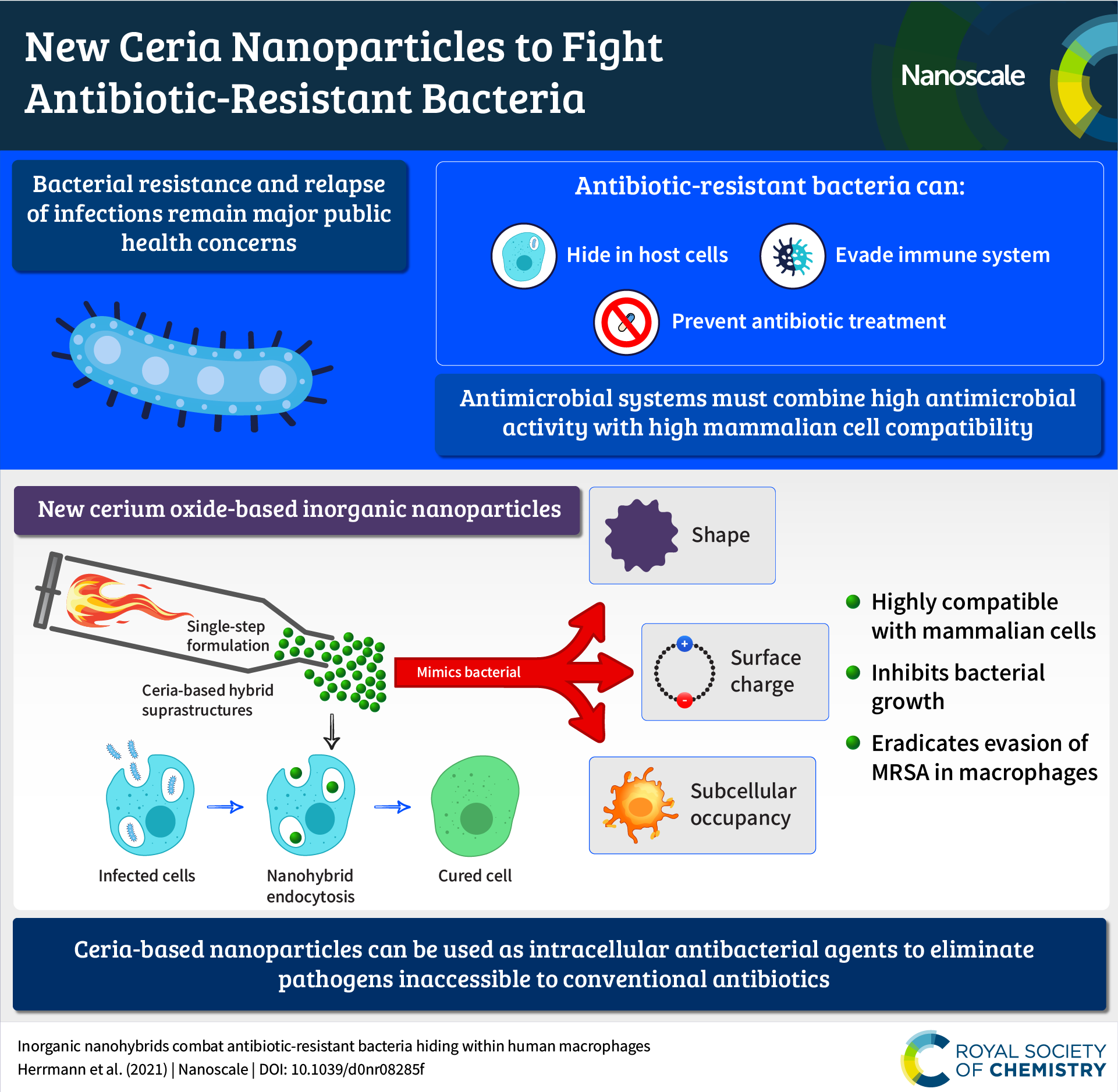


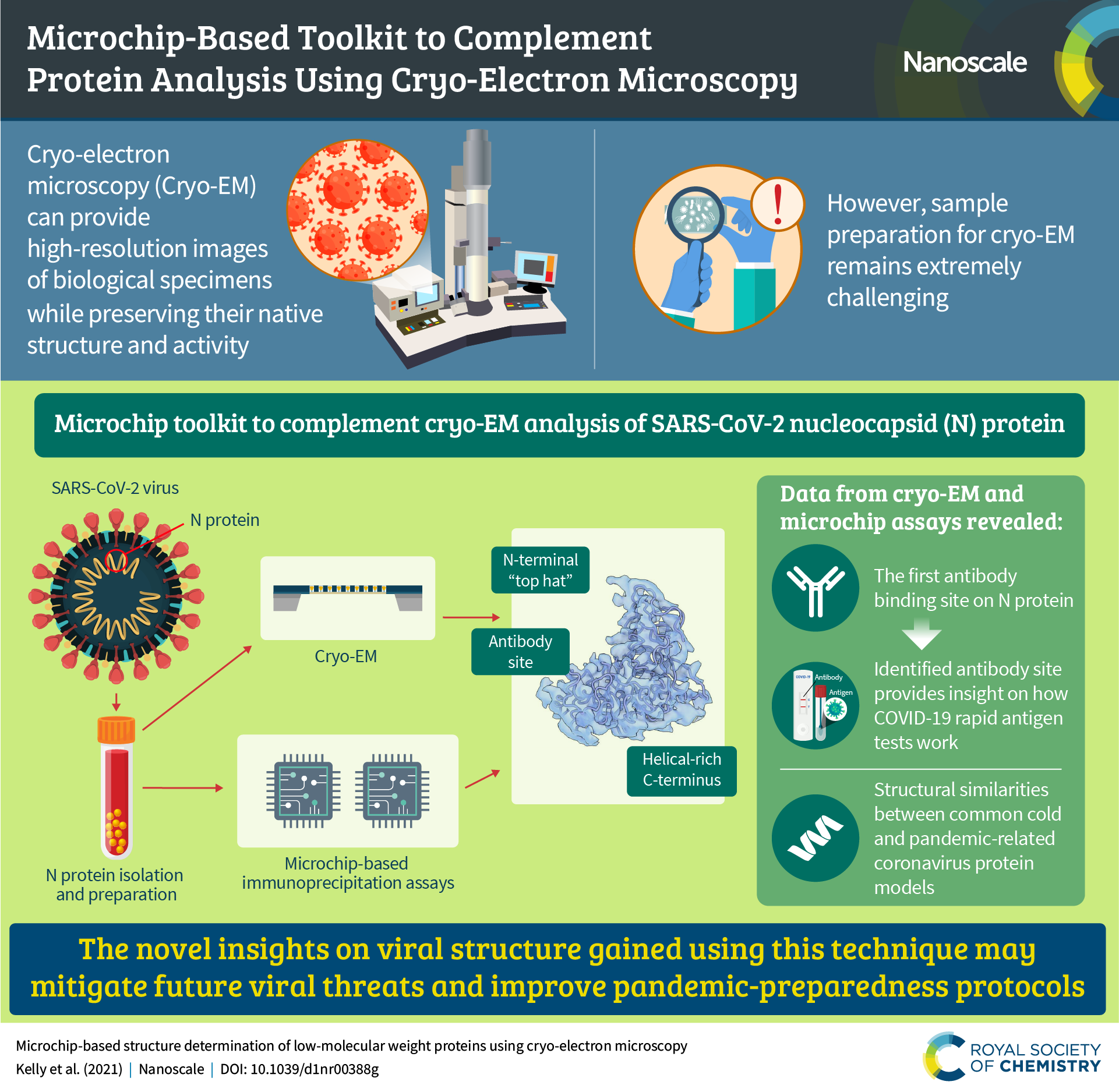

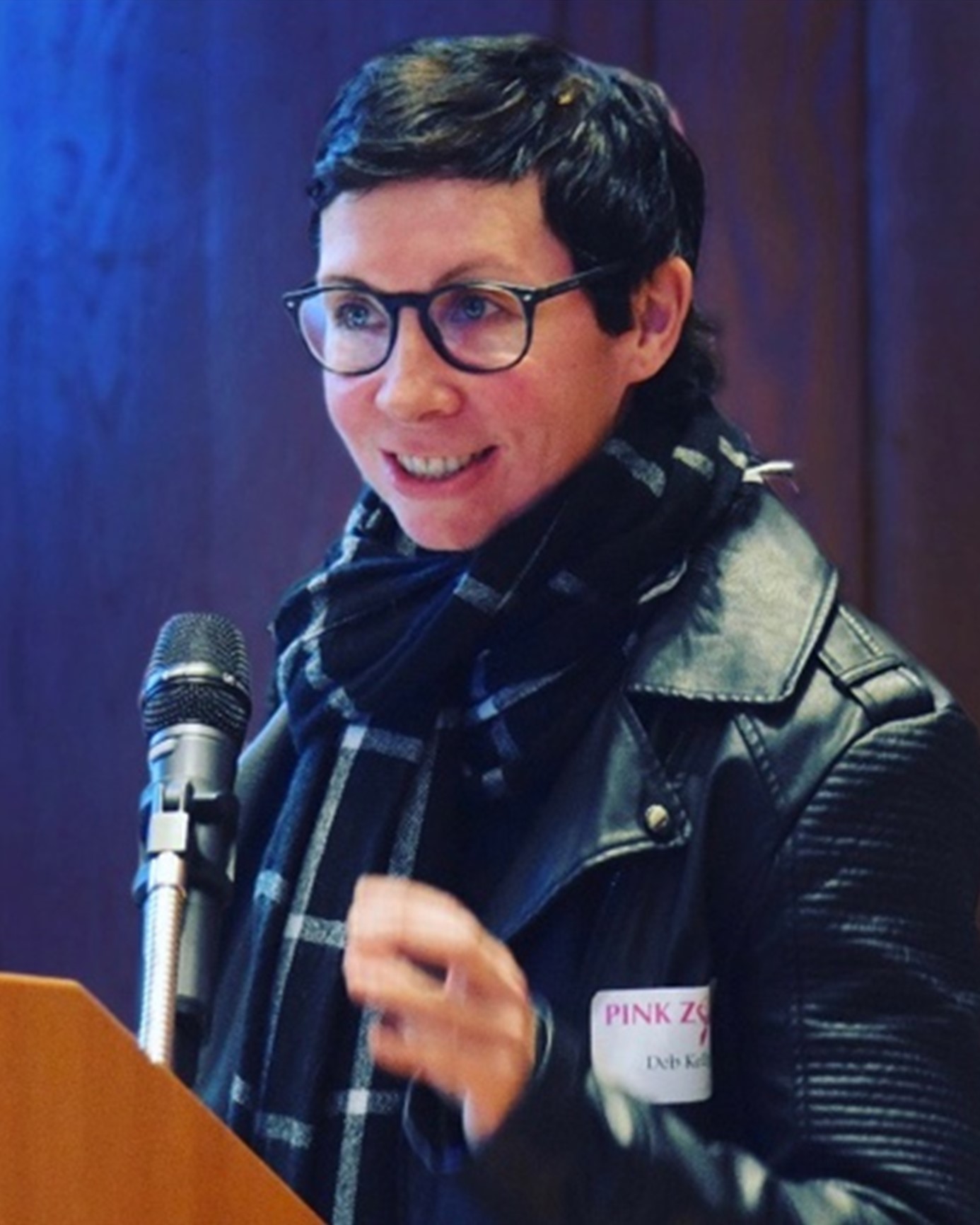
 Along with Professor Sun and Professor Zeng, we welcomed seven other new Nanoscale Advisory Board members in order to better represent the ever-increasing diversity of our authors and readers.
Along with Professor Sun and Professor Zeng, we welcomed seven other new Nanoscale Advisory Board members in order to better represent the ever-increasing diversity of our authors and readers.

